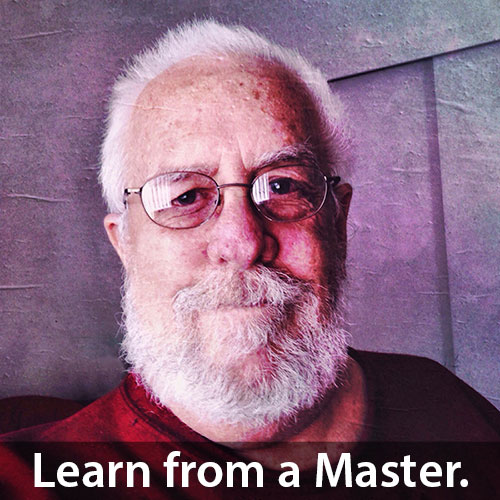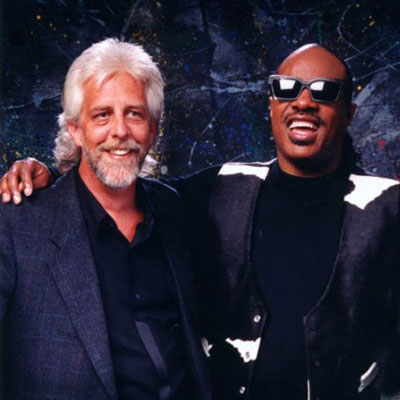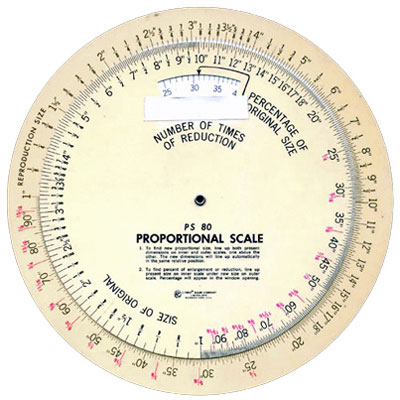Hello inkheads! Many of you enjoyed our interview with Designer Paul Biedermann, so I thought you’d like to meet another creative friend of mine. Rick “Dr. Deadline” Clark makes waves wherever he goes, and he’s known for his ornery attitude about the Millennial generation. He doesn’t have anything against us per se; he takes issue with what he sees as the deevolution of the design profession. I asked Rick to share his advice for young designers, especially with respect to the role print will play in our careers. Enjoy!
Dr. Deadline on design, social media, and the future of print marketing
Q1 – Your experience overlaps agency and account management with various aspects of the creative process. How has this helped or hindered your career?
A1 – Interestingly enough, the pivot point came with the introduction of the first Mac. As an agency principle at the time, I was fortunate enough to at least recognize it’s potential impact as a creative tool. Of course it has far surpassed that limited vision today.
It was at this juncture that I immersed myself in the creative side of my business and turned administration over to others. Having a balanced view of my profession and understanding all aspects of what contributes to “doing the work” well, has always been a great advantage.
Q2 – What do you mean “doing the work?”
A1 – Identifying the right audience (demographic) and appropriate channels (media) to effectively and economically reach them; creating the right message (content), the copy, the images the tone and style (brand personality), to convince this audience to prefer my client’s product or service; this is “doing the work.”
Call it advertising, marketing, branding, design, whatever… it’s all the same. Each generation comes up with it’s own terminology in order to make the profession their own.
The good news is the business has a bright future ahead of it, the bad news is that, beginning in the late 80’s, the broad availability of graphics and production software and the suggestion that anyone can produce ads, collateral, etc., the desktop publishing revolution made it possible for millions of amateurs to produce a mountain of crap.
This profession has been reduced to a price driven commodity business peopled by greenhorns and further damaged by unscrupulous crowd sourcing and www-do-it-yourself for free charlatans.
Q3 – You’re well known for your strong opinions and sharp tongue, is this an asset or liability as a solo practitioner in a world that operates at Twitter speed?
A3 – I make a very good living, am working with clients who value what I bring to the table and are willing to pay a fair and reasonable price for my services. My receivables run net ten days. Apparently, it’s an asset.
Q4 – We would be remiss if we didn’t ask, does print still play a role in your business?
A4 – Always has, always will. I know many believe that social media has turned print into an anachronism, but it hasn’t. I’ve yet to work with a client who successfully abandoned traditional media and put all their eggs into the social media basket. Inevitably they all return to a more balanced strategy.
Just as I have grown to include social media channels in my clients’ marketing plans, those who grew up enjoying a lap full of technology should not be so quick to abandon what has proven to be successful for decades.
Mastery of the skills needed to put ink on paper remains an important part of every designer’s toolbox.
No longer do we have the smell of rubber cement or hot wax permeating the office or do we face the threat of getting gashed by an X-acto blade. We needn’t spend hours rewriting copy, altering layouts, specing type with a calculator, sizeing images with a proportion wheel, keylining with a Lucigraf, cutting rubies by hand, shooting and stripping negs, burning blankets, hovering over light-tables with a loop presschecking sheet after sheet into the wee hours of the morning.
Today’s technology allows us to accomplish all of this at the speed of thought. I’m able to do in a day what it took my “old school” staff weeks to do. But I’m not off the hook when it comes to producing the big idea.
What’s worse than a great idea poorly executed? A weak idea produced with great flare! Learn to think before you learn to do. But learn both and practice them every day.
About the Author
For forty years, Rick has produced successful marketing campaigns for an enviable array of clients. His expertise spans both agency management and creative direction, legacy and digital media. He is as adept at developing solid strategy and turning an elegant phrase as he is designing and producing a memorable piece of advertising art. Visit Rick aka Dr. Deadline’s website and follow him on Twitter.
Never one to dodge the truth… I share this with enthusiasm. Branding ≠ Bullshit: Why Branding Should Matter… http://t.co/BymhKYAROy
— Rick Clark (@DrDeadline) February 28, 2014



